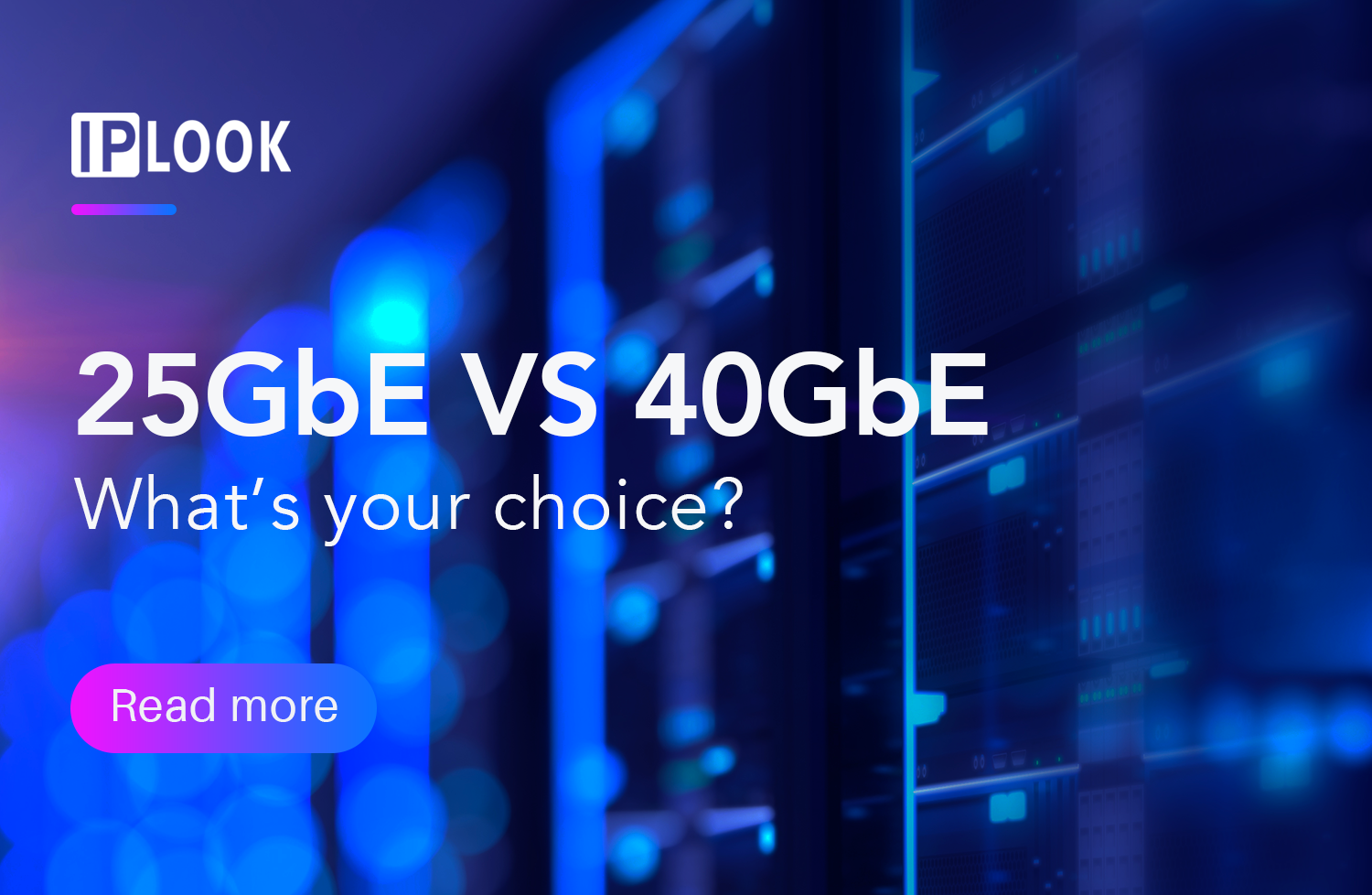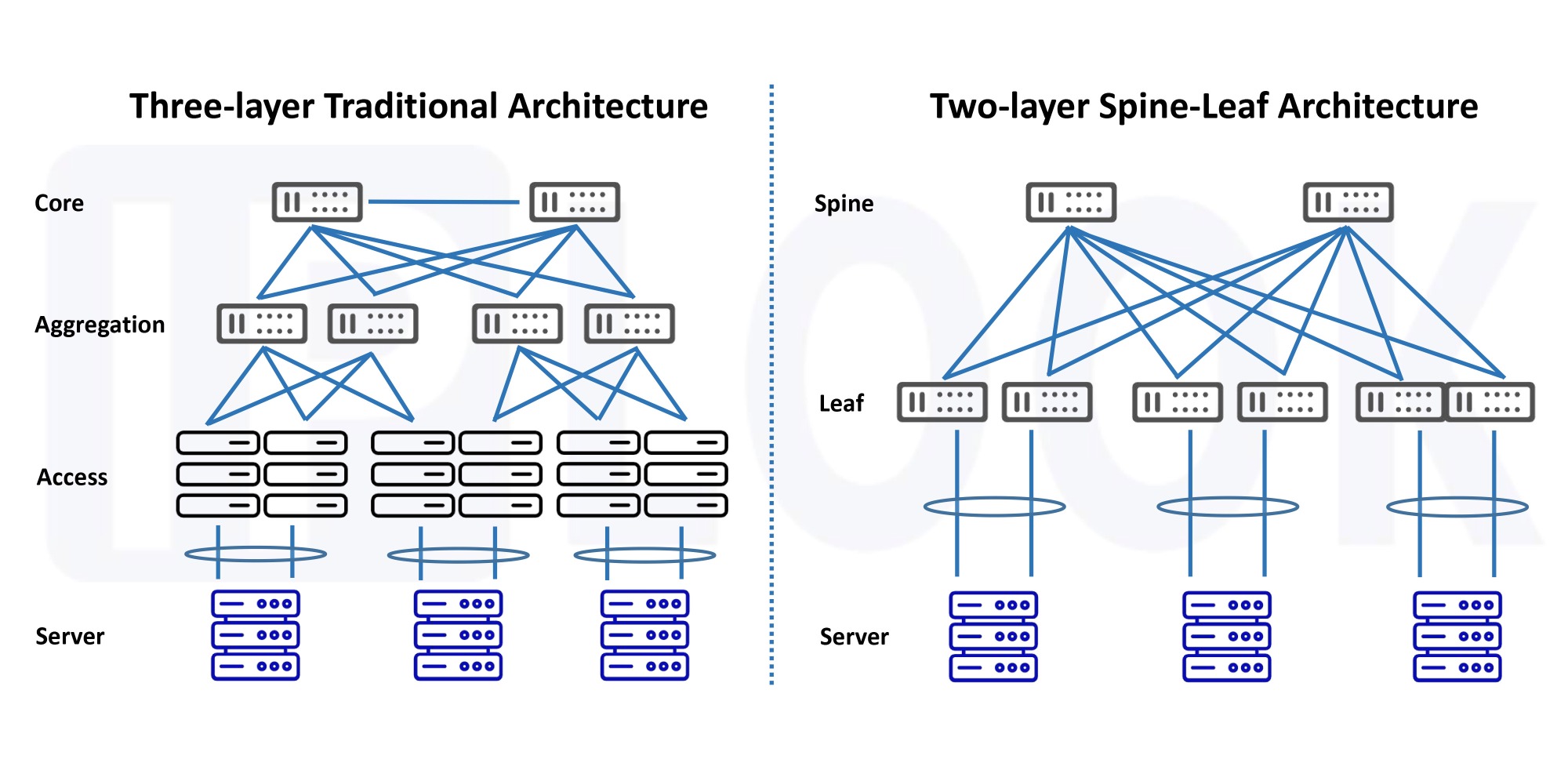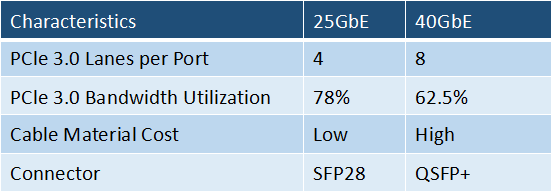
Spine-Leaf network architecture
To adapt to emerging network services for new applications, the network architecture of data centers has evolved from traditional three-layer architecture to two-layer spine-leaf architecture. With its flattening design, the spine-leaf architecture can meet the network requirements of low latency, high scalability and efficiency, to achieve reliable and large-scale networks with high performance.

A spine-leaf architecture is a data center network topology that consists of spine layer and leaf layer. The leaf layer consists of access switches that aggregate traffic from servers and connect directly to the spine or network core. Spine switches interconnect all leaf switches in a full-mesh topology.
The evolution of Ethernet
10 Gigabit Ethernet (10GbE) is the widespread standard in data centers. With the development of networks, 10GbE can not better satiate the demand of processing massive network data. After a period of lag phase, new things have sprung up.
Issued by IEEE in 2008, 40 Gigabit Ethernet (40GbE) standard was officially approved in 2010, and it is considered as the only successor of 10GbE for higher-speed connectivity at that time. A large amount of cloud service providers upgraded their data centers into 40GbE networks in those years.
The emergence of 25 Gigabit Ethernet (25GbE) broke this situation. As an incremental update from 10GbE, the 25GbE standard was issued by IEEE in 2014, which can provide higher port density and bandwidth while achieving smooth upgrade to new networks at a low cost. 25GbE products have been widely used in cloud data centers in recent years, ushering in a peak of development because of the support from many telcos.
25GbE or 40GbE?
Both 25GbE and 40GbE can be applied in data centers with different uses, paving the way for upgrading to 100GbE network. Users should flexibly choose the solution according to the actual demand and network environment. Typically, 25GbE is used for switch-to-server connections and 40GbE is mainly for switch-to-switch connections.

40GbE can be more compatible with the current 10GbE network environment, by using 40GbE to 10GbE breakout cabling to directly converge the 10GbE devices into the 40GbE network.
While by virtue of PCIe 3.0 x 8 (Gen3 x8) slots on servers achieving 56Gbps, 25GbE presents as the cost-effective and rapid option for the users who plan to upgrade to higher data rates, which can leverage the existing cabling with better transmission efficiency.
Moreover, 25GbE may be a better choice to address higher requirements on network coverage and capacity in 5G era, as the granularity of the 5G front-haul network is 25Gbps. Thus the front-haul infrastructure includes several 25GbE optical modules with long transmission distance.
IPLOOK Multi-Gbps support: 10/25/40GbE
Multi-Gbps data rates can be supported for IPLOOK mobile core network deployments.
IPLOOK 4G Core Network (EPC) and 5G Core Network (5GC) have completed the compatibility tests with 10GbE, 25GbE and 40GbE Network Adapters. The adaptation of 100GbE Smart Network Interface Card (Smart NIC) will be finished in the near future, providing more data rate options for our operators and enterprise customers.

